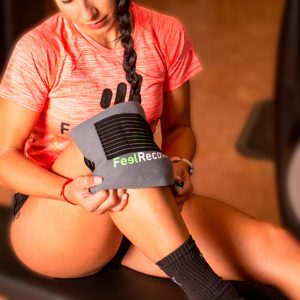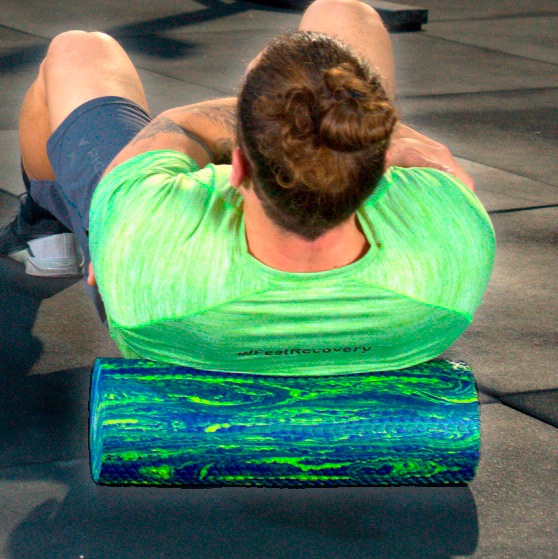Shoulder injuries can result from various activities, from sports to everyday tasks, and may lead to significant discomfort and reduced mobility. Treating shoulder pain requires targeted solutions that not only relieve pain but also stabilize and protect the shoulder joint during the healing process.
One of the most effective solutions for shoulder injuries is using a shoulder compression sleeve. These sleeves apply gentle pressure to the shoulder area, reducing inflammation and pain while allowing improved blood flow, which is essential for healing. Additionally, shoulder compression sleeves are beneficial for reducing the risk of further injuries by stabilizing the shoulder joint, making them ideal for individuals recovering from rotator cuff injuries or shoulder strains.
Another useful product category is shoulder braces and supports. These devices are designed to restrict movement and provide stability, especially during recovery from significant injuries like dislocations. Shoulder braces help ensure the shoulder remains in a safe position, which promotes healing and prevents further strain. For those recovering from surgery, braces can be essential in providing the necessary support for a smoother recovery process.
Heat and cold therapy products also play a critical role in managing shoulder injuries. Cold therapy helps reduce inflammation and numb pain, particularly after an acute injury, while heat therapy improves blood circulation, helping to relax stiff muscles and reduce chronic pain. Alternating between heat and cold therapy is an effective way to manage shoulder pain and speed up recovery from common injuries such as sprains, strains, or tendonitis.
For ongoing shoulder health, incorporating massage therapy tools and stretching aids can be highly beneficial. Massage therapy helps release muscle tension and relieve knots that often develop due to overuse or poor posture. Additionally, using stretching aids as part of a rehabilitation program can improve shoulder flexibility and strengthen the surrounding muscles, reducing the risk of future injuries.
Posture correction is also vital in preventing shoulder injuries. Poor posture can lead to unnecessary strain on the shoulder joints, especially if you spend long hours working at a desk or engaging in repetitive tasks. Posture correction tools help align your body correctly, alleviating shoulder pain and reducing the likelihood of injury recurrence.
Choosing the right shoulder injury recovery products can make a significant difference in how quickly you recover and how effectively you manage shoulder pain. By combining stability products, therapy options, and posture correction aids, you can create a comprehensive approach to shoulder care that supports both immediate recovery and long-term shoulder health.
FAQ: Frequently Asked Questions
What are the benefits of using shoulder injury products?
Shoulder injury products provide stability, reduce inflammation, and alleviate pain, which promotes faster recovery and helps prevent further injuries.
How do I choose the best shoulder support for my injury?
For acute injuries, opt for compression sleeves or braces that stabilize the shoulder. For muscle relief and recovery, heat and cold therapy products are ideal.
Can these shoulder support products be worn daily?
Yes, most shoulder support products are designed for daily use and are made from breathable, hypoallergenic materials to ensure comfort.
How should I care for my shoulder brace?
It’s best to hand-wash your shoulder brace with mild soap and air dry it to maintain its shape and effectiveness over time.
When will I see results from using shoulder injury products?
Results vary, but consistent use of shoulder supports and therapy tools typically leads to noticeable improvements within a few weeks.





















































